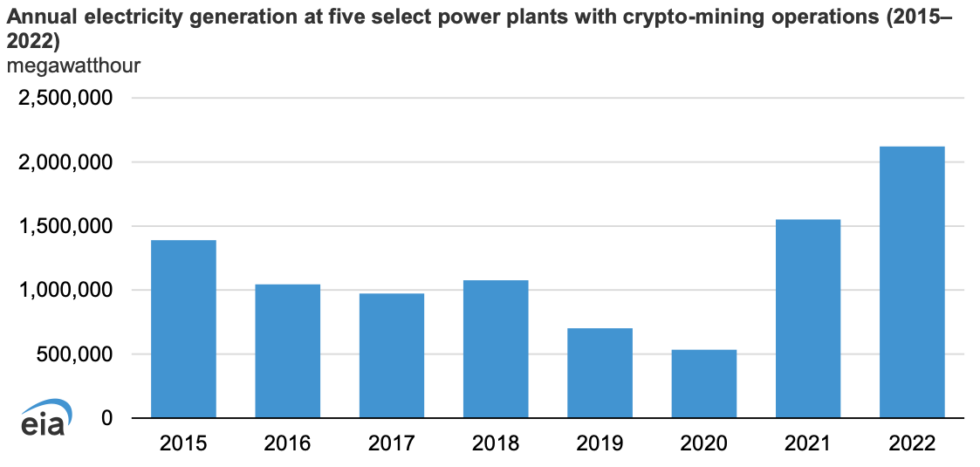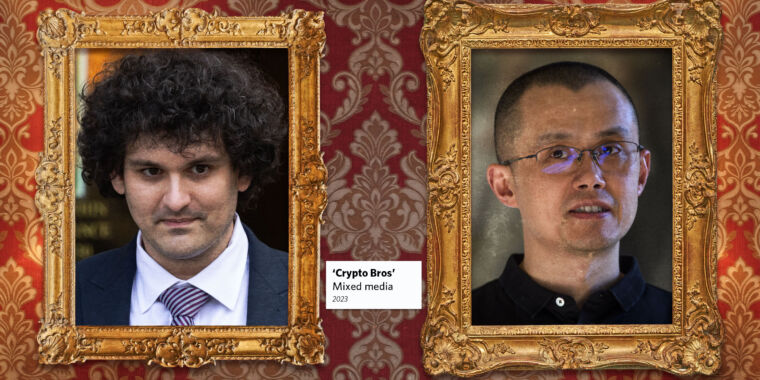Google sues two crypto app makers over allegedly vast “pig butchering” scheme
Foul Play —
Crypto and other investment app scams promoted on YouTube targeted 100K users.

Google has sued two app developers based in China over an alleged scheme targeting 100,000 users globally over four years with at least 87 fraudulent cryptocurrency and other investor apps distributed through the Play Store.
The tech giant alleged that scammers lured victims with “promises of high returns” from “seemingly legitimate” apps offering investment opportunities in cryptocurrencies and other products. Commonly known as “pig-butchering schemes,” these scams displayed fake returns on investments, but when users went to withdraw the funds, they discovered they could not.
In some cases, Google alleged, developers would “double down on the scheme by requesting various fees and other payments from victims that were supposedly necessary for the victims to recover their principal investments and purported gains.”
Google accused the app developers—Yunfeng Sun (also known as “Alphonse Sun”) and Hongnam Cheung (also known as “Zhang Hongnim” and “Stanford Fischer”)—of conspiring to commit “hundreds of acts of wire fraud” to further “an unlawful pattern of racketeering activity” that siphoned up to $75,000 from each user successfully scammed.
Google was able to piece together the elaborate alleged scheme because the developers used a wide array of Google products and services to target victims, Google said, including Google Play, Voice, Workspace, and YouTube, breaching each one’s terms of service. Perhaps most notably, the Google Play Store’s developer program policies “forbid developers to upload to Google Play ‘apps that expose users to deceptive or harmful financial products and services,’ including harmful products and services ‘related to the management or investment of money and cryptocurrencies.'”
In addition to harming Google consumers, Google claimed that each product and service’s reputation would continue to be harmed unless the US district court in New York ordered a permanent injunction stopping developers from using any Google products or services.
“By using Google Play to conduct their fraud scheme,” scammers “have threatened the integrity of Google Play and the user experience,” Google alleged. “By using other Google products to support their scheme,” the scammers “also threaten the safety and integrity of those other products, including YouTube, Workspace, and Google Voice.”
Google’s lawsuit is the company’s most recent attempt to block fraudsters from targeting Google products by suing individuals directly, Bloomberg noted. Last year, Google sued five people accused of distributing a fake Bard AI chatbot that instead downloaded malware to Google users’ devices, Bloomberg reported.
How did the alleged Google Play scams work?
Google said that the accused developers “varied their approach from app to app” when allegedly trying to scam users out of thousands of dollars but primarily relied on three methods to lure victims.
The first method relied on sending text messages using Google Voice—such as “I am Sophia, do you remember me?” or “I miss you all the time, how are your parents Mike?”—”to convince the targeted victims that they were sent to the wrong number.” From there, the scammers would apparently establish “friendships” or “romantic relationships” with victims before moving the conversation to apps like WhatsApp, where they would “offer to guide the victim through the investment process, often reassuring the victim of any doubts they had about the apps.” These supposed friends, Google claimed, would “then disappear once the victim tried to withdraw funds.”
Another strategy allegedly employed by scammers relied on videos posted to platforms like YouTube, where fake investment opportunities would be promoted, promising “rates of return” as high as “two percent daily.”
The third tactic, Google said, pushed bogus affiliate marketing campaigns, promising users commissions for “signing up additional users.” These apps, Google claimed, were advertised on social media as “a guaranteed and easy way to earn money.”
Once a victim was drawn into using one of the fraudulent apps, “user interfaces sought to convince victims that they were maintaining balances on the app and that they were earning ‘returns’ on their investments,” Google said.
Occasionally, users would be allowed to withdraw small amounts, convincing them that it was safe to invest more money, but “later attempts to withdraw purported returns simply did not work.” And sometimes the scammers would “bilk” victims out of “even more money,” Google said, by requesting additional funds be submitted to make a withdrawal.
“Some demands” for additional funds, Google found, asked for anywhere “from 10 to 30 percent to cover purported commissions and/or taxes.” Victims, of course, “still did not receive their withdrawal requests even after these additional fees were paid,” Google said.
Which apps were removed from the Play Store?
Google tried to remove apps as soon as they were discovered to be fraudulent, but Google claimed that scammers concocted new aliases and infrastructure to “obfuscate their connection to suspended fraudulent apps.” Because scammers relied on so many different Google services, Google was able to connect the scheme to the accused developers through various business records.
Fraudulent apps named in the complaint include fake cryptocurrency exchanges called TionRT and SkypeWallet. To make the exchanges appear legitimate, scammers put out press releases on newswire services and created YouTube videos likely relying on actors to portray company leadership.
In one YouTube video promoting SkypeWallet, the supposed co-founder of Skype Coin uses the name “Romser Bennett,” which is the same name used for the supposed founder of another fraudulent app called OTCAI2.0, Google said. In each video, a completely different presumed hired actor plays the part of “Romser Bennett.” In other videos, Google found the exact same actor plays an engineer named “Rodriguez” for one app and a technical leader named “William Bryant” for another app.
Another fraudulent app that was flagged by Google was called the Starlight app. Promoted on TikTok and Instagram, Google said, that app promised “that users could earn commissions by simply watching videos.”
The Starlight app was downloaded approximately 23,000 times and seemingly primarily targeted users in Ghana, allegedly scamming at least 6,000 Ghanian users out of initial investment capital that they were told was required before they could start earning money on the app.
Across all 87 fraudulent apps that Google has removed, Google estimated that approximately 100,000 users were victimized, including approximately 8,700 in the United States.
Currently, Google is not aware of any live apps in the Play Store connected to the alleged scheme, the complaint said, but scammers intent on furthering the scheme “will continue to harm Google and Google Play users” without a permanent injunction, Google warned.
Google sues two crypto app makers over allegedly vast “pig butchering” scheme Read More »






















